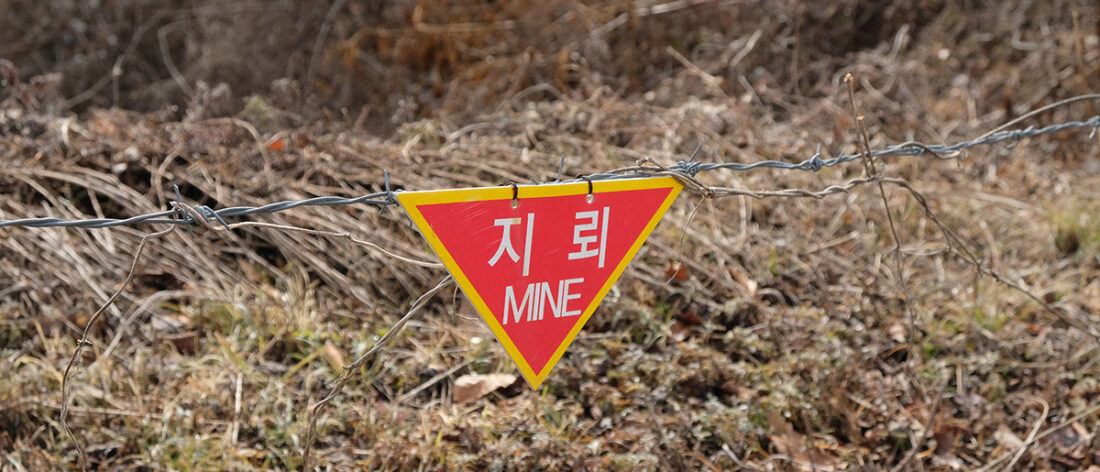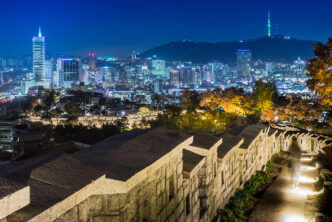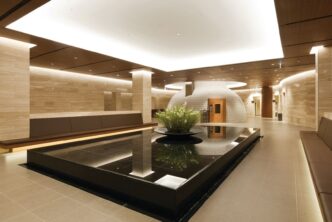Seventy-three metres beneath the surface of Korea’s demilitarized zone, at the end of a 265-metre tunnel barely high enough for most people to stand in, sits a digital timer.
Here, where the only sound is the slow drip of water trickling through rock, the red-on-black rectangular display shows a running tally of the days since a ceasefire between North and South Korea was signed on July 27, 1953 – 25,822 days and counting.
Discovered in October 1978, the site, known as the Third Infiltration Tunnel, was bored in stealth by North Korea. Dynamite was used to break up the granite; workers tasked with clearing the rubble by hand and barrow. It’s one of four such tunnels known to exist.
It’s also a keen reminder that, though no longer fighting in the streets, the war which once raged across the peninsula never officially ended. No formal peace treaty was ever signed.
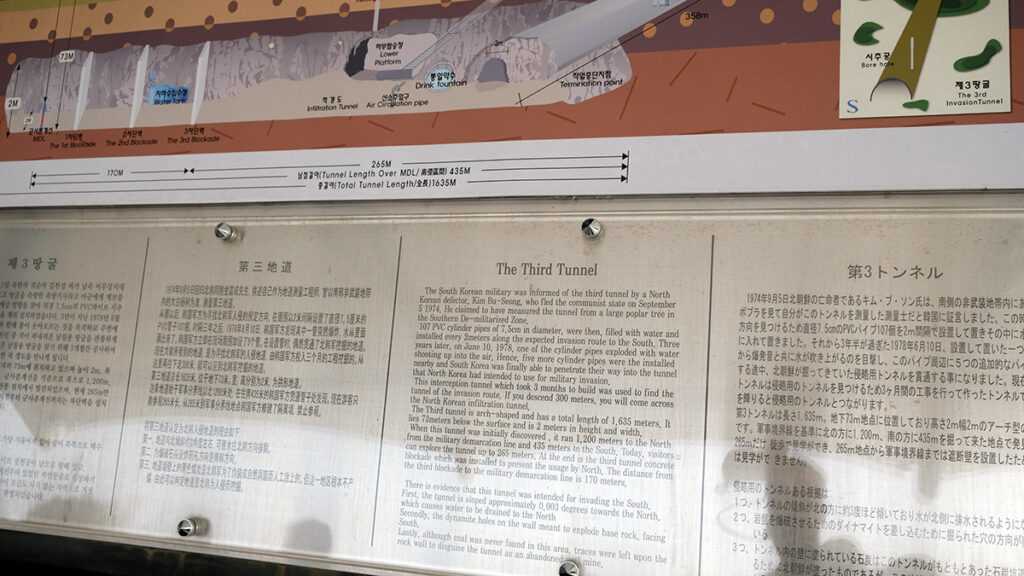

Visitors can now enter the Third Infiltration Tunnel on day trips, donning canary-yellow hardhats and descending a lengthy shaft from the surface on foot or via rubber-tyred train.
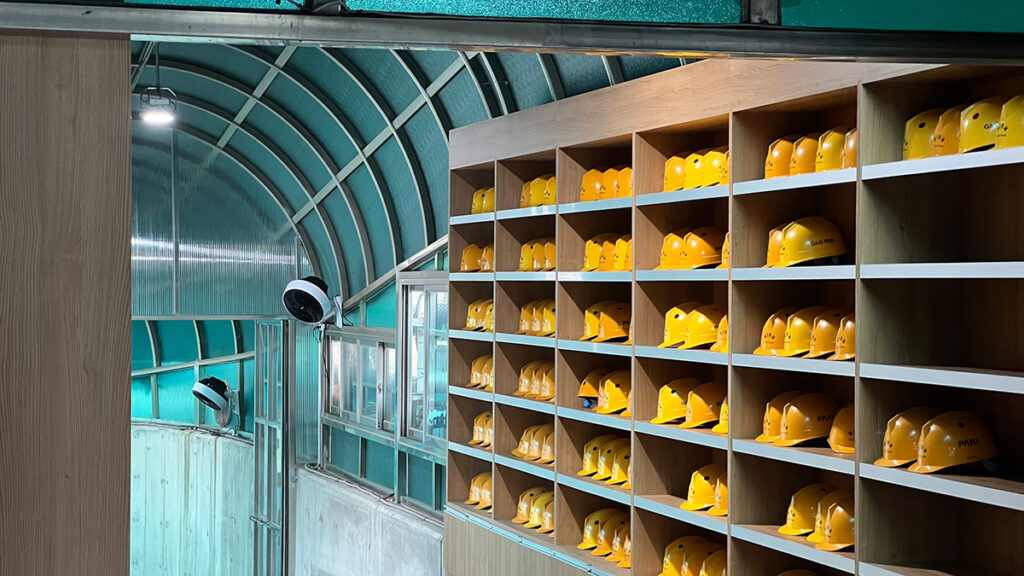

Photography is strictly forbidden inside, so the only way to get a sense of its claustrophobic nature – spying the one-inch bore holes ready to be filled with dynamite sticks, or the jagged walls blackened by coal dust to disguise the true nature of the tunnel – is in the flesh.
You’ll be thankful for the hard hat when you do, as the tunnel ceiling and pipes running along the length frequently change height, causing unassuming visitors to bang their heads if not careful.
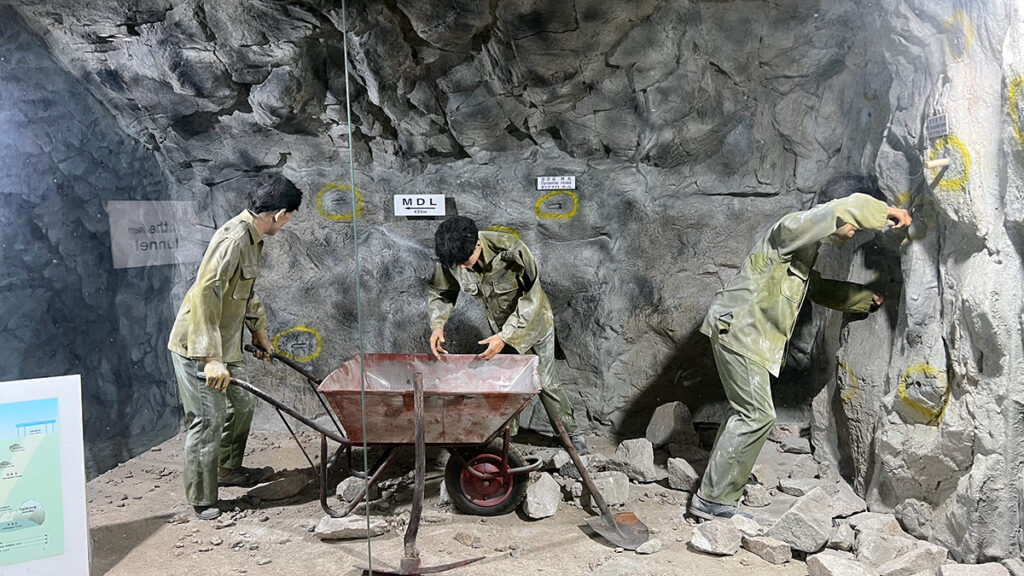

As you can imagine, it’s quite an eerie experience, with the slow drip-drip of the water and crunching gravel under your feet the only sounds interrupting the quiet.
Since its discovery, three concrete barricades have been installed following the Military Demarcation Line above, making it impossible to walk the full tunnel’s distance, though you can spy a glimpse beyond through a rectangular peep-hole directly behind the timer.
Back on the surface, visitors can delve deeper into the site’s history at a museum across the car park – a brief video is screened in a theatre hall, followed by a section featuring multilingual displays that touch on the Korean War just beyond.
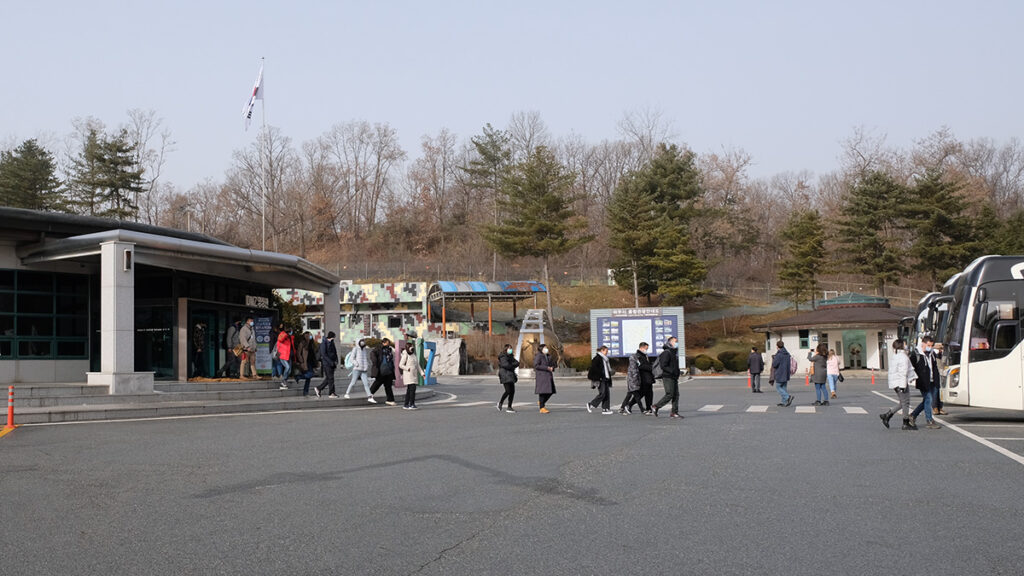

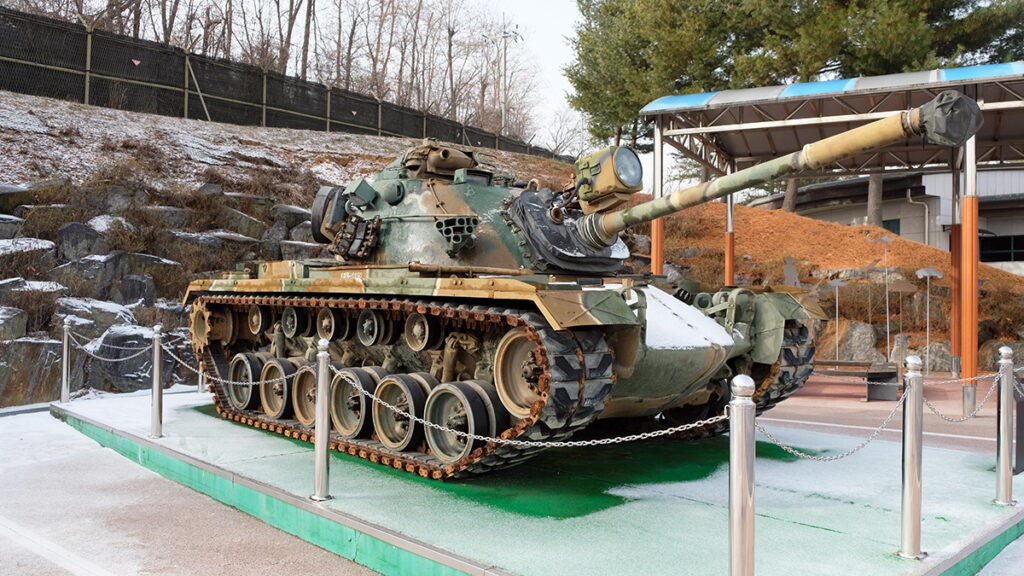

Reaching the tunnel and museum requires paying visitors to hop aboard a sanctioned tour bus from the ‘Korean Peninsula Ecological Peace Tourism Information Center’ in Paju, around an hour and 20 minutes from downtown Seoul.
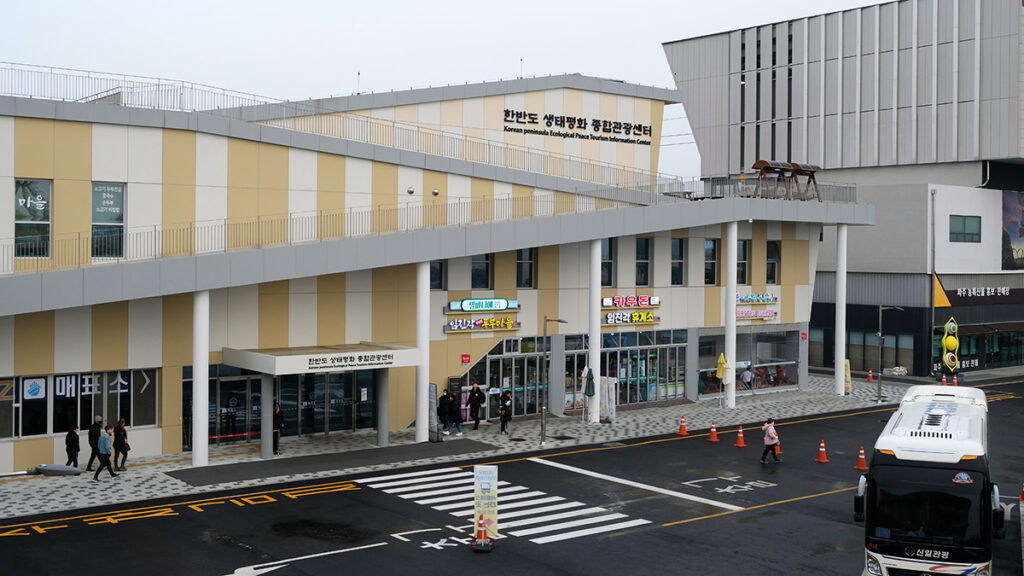

From there, the bus crosses a barricaded bridge into the DMZ, with passengers required to show their passport at a checkpoint setup and manned by the South Korean military.
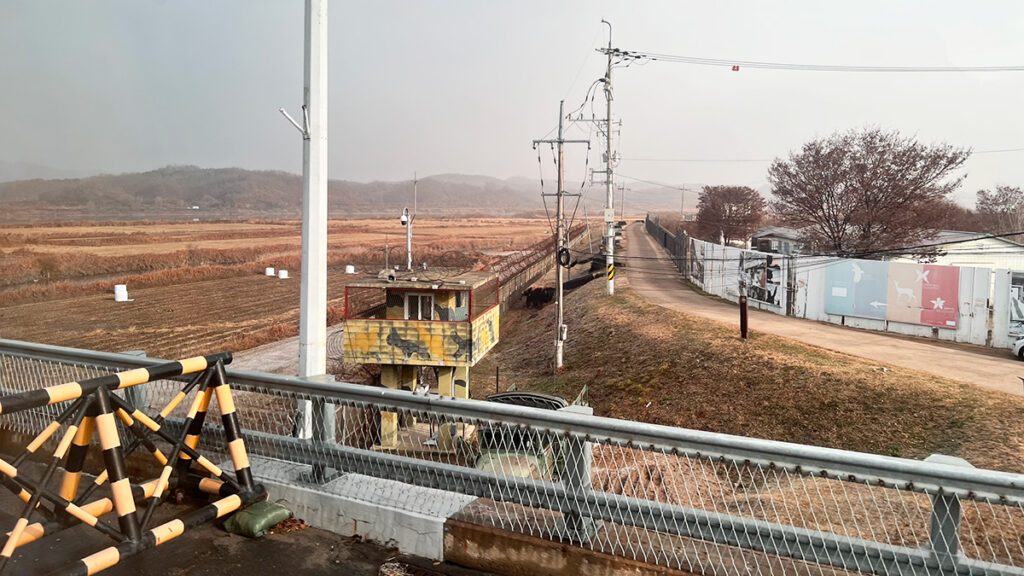

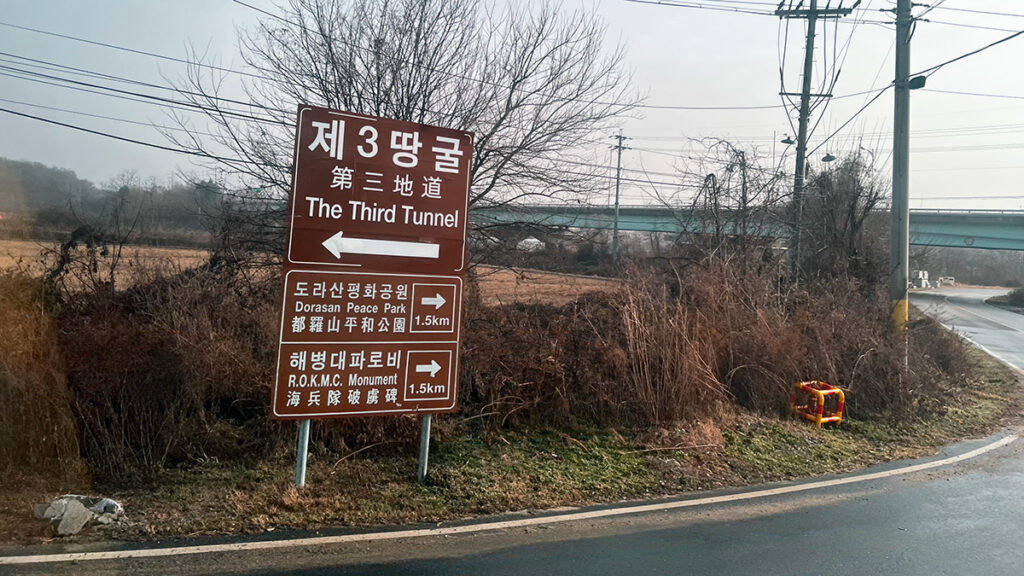

The Third Infiltration Tunnel is the primary site visited, though visitors also briefly take in Dora Observatory, which sits on a hilltop looking into North Korea.
Binoculars on the observatory rooftop allow you to get a close look into North Korea.
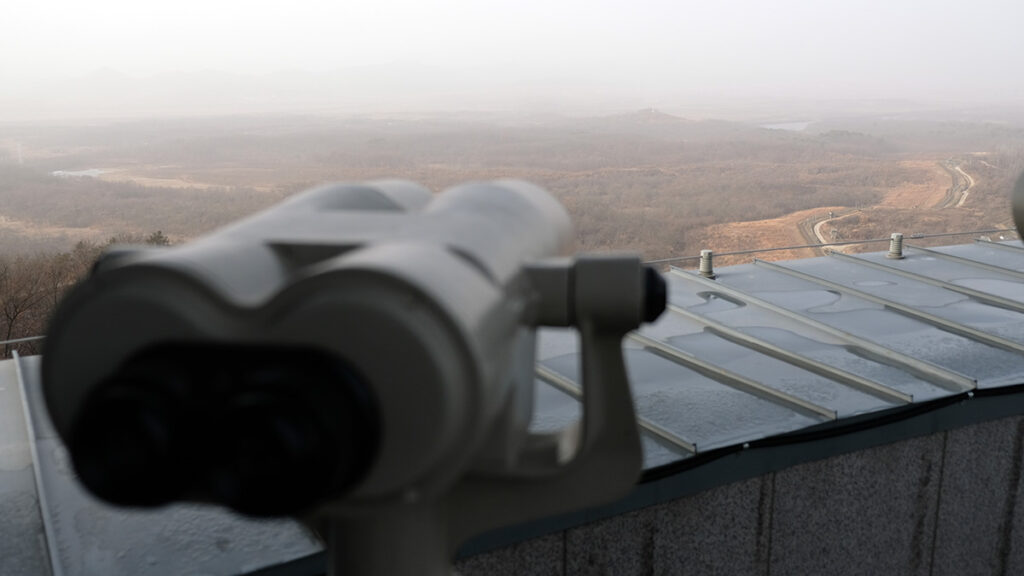

While thick haze made this a challenge on the day of my visit, you could still make out tiny villages and guardhouses, as well as a handful of people going about their lives.
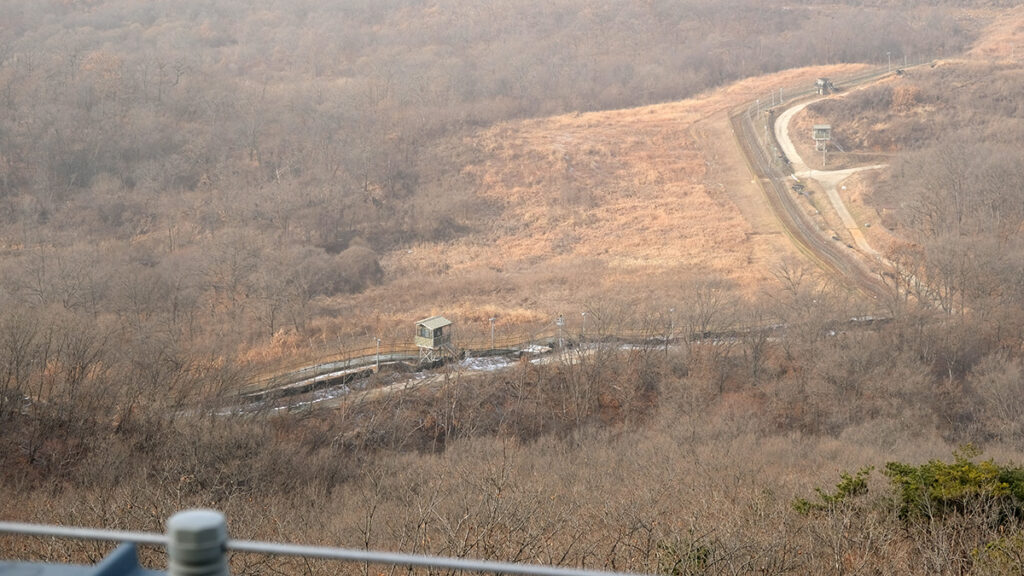

After your visit, it’s back to the bus, with a brief pit stop at a village roadhouse where you can pick up local products made and grown within the border area, plus a handful of souvenirs.
The whole experience takes around 1.5 hours, after which you return back to the info centre. And I’d recommend exploring the centre if you have time, as there’s plenty to see, including art exhibits, memorials and even a gondola taking you across the river.
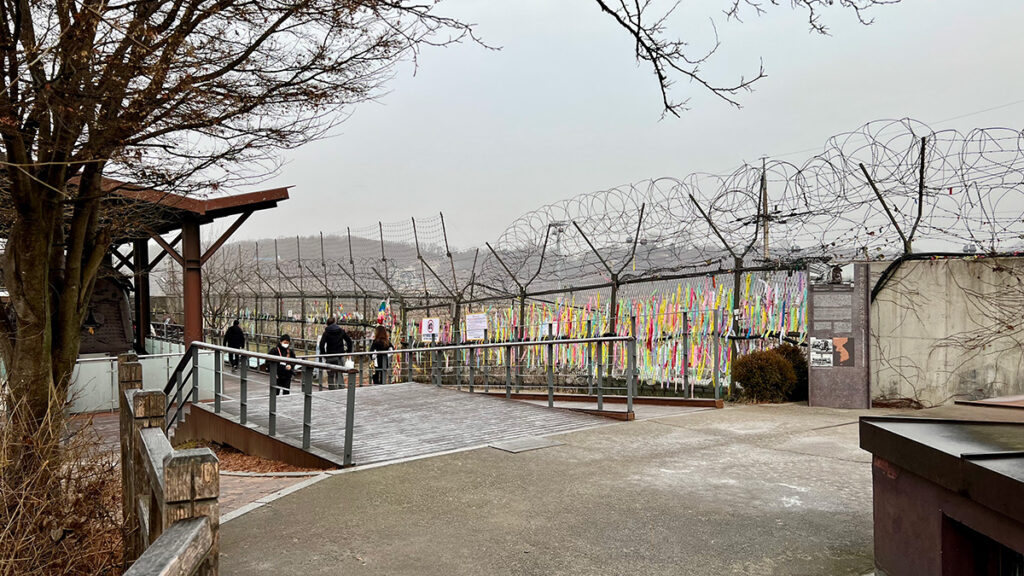

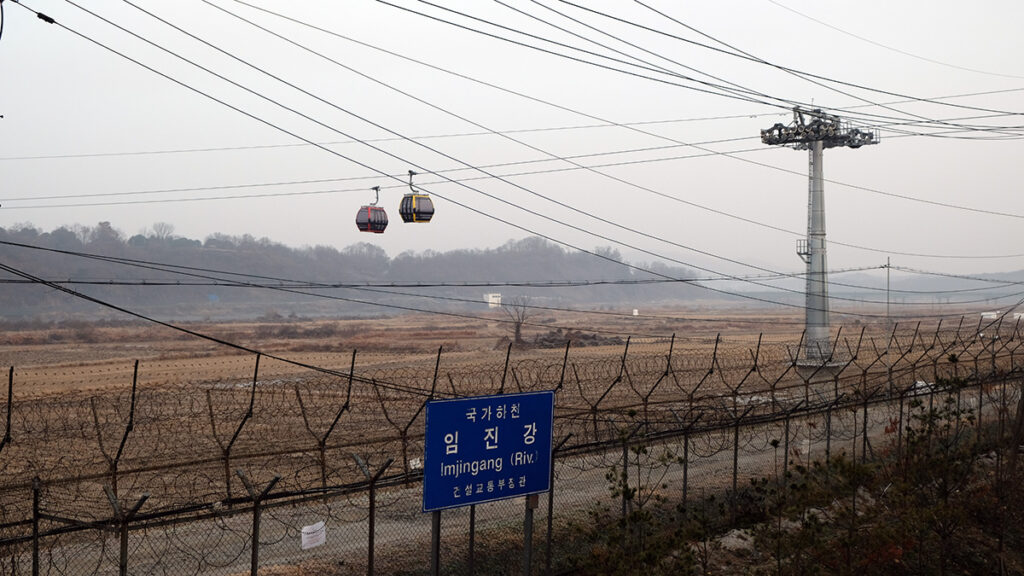

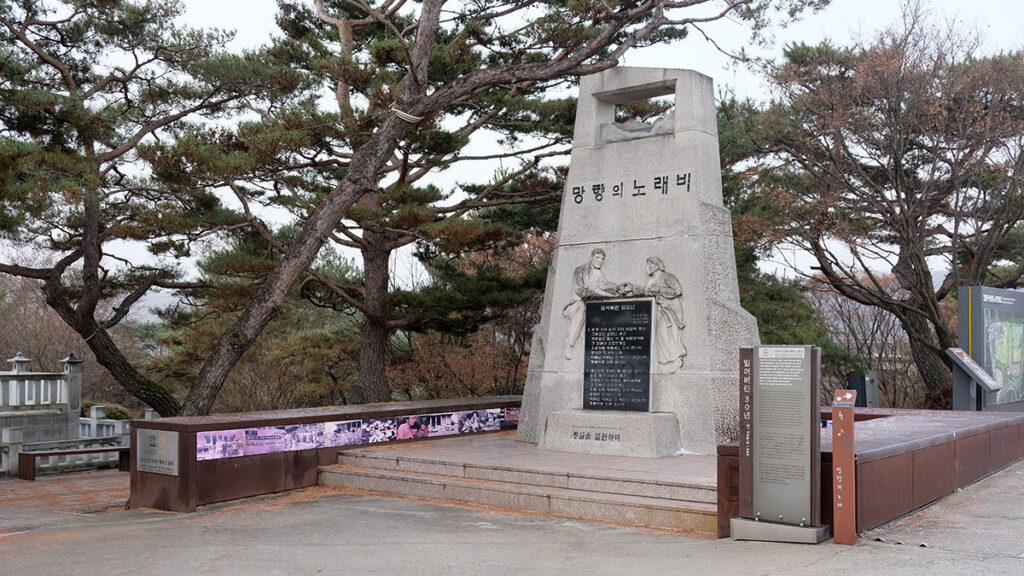

Alongside a handful of shops and restaurants, key sites include the Peace Bell, which was erected in Imjingak Peace Park in 2000 with the hope of fostering world peace, plus several art exhibits housed within former bunkers.
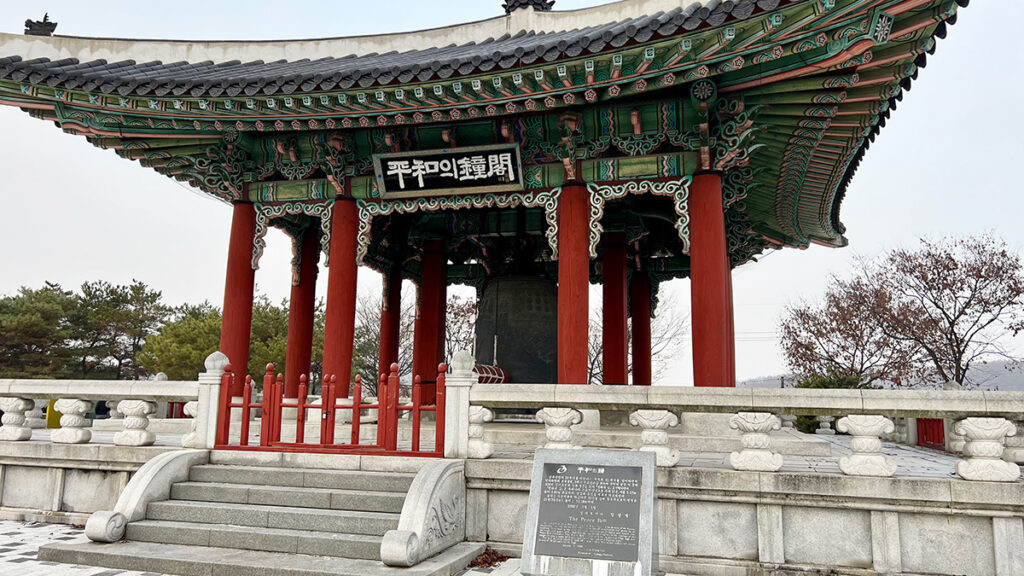

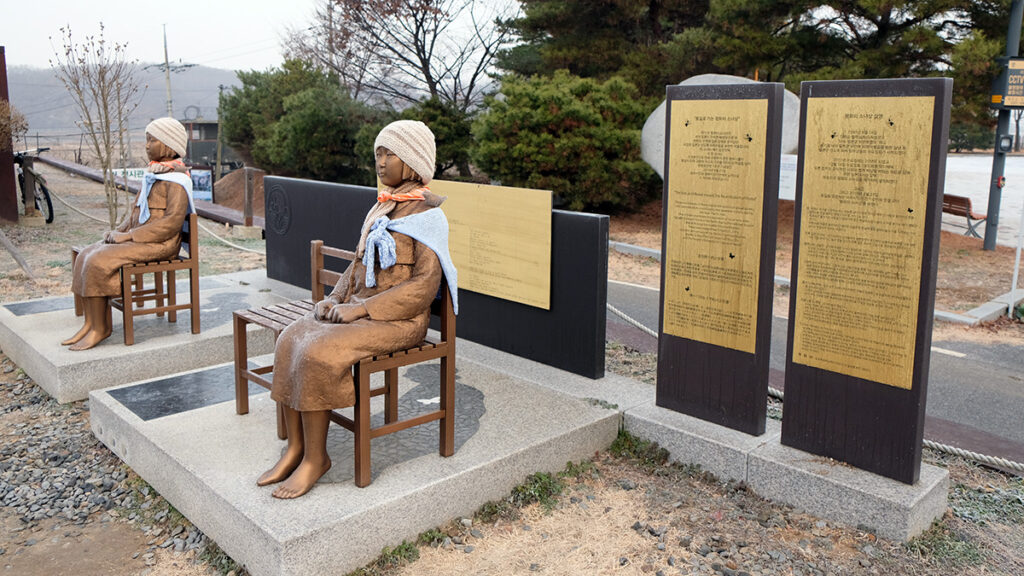

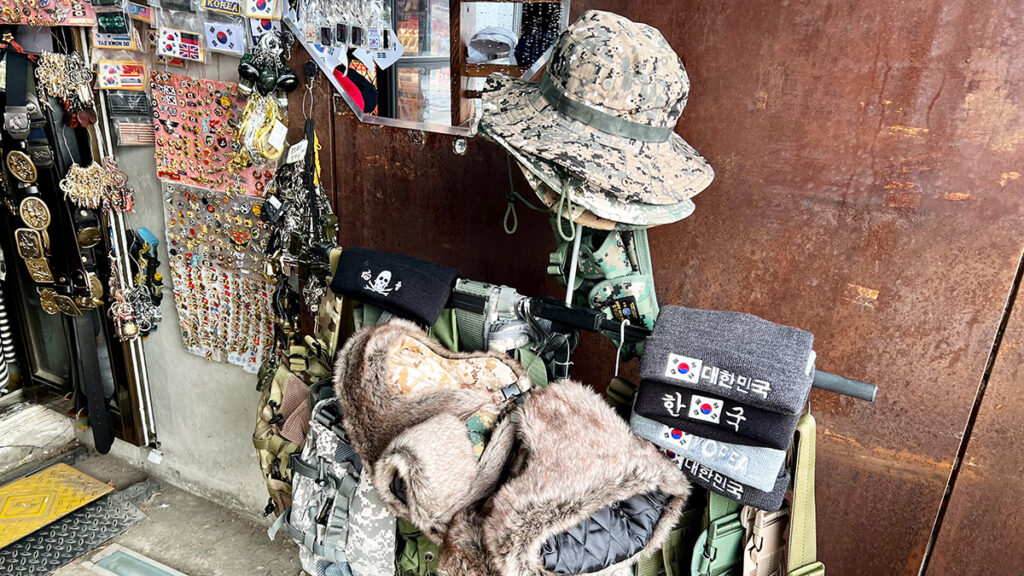

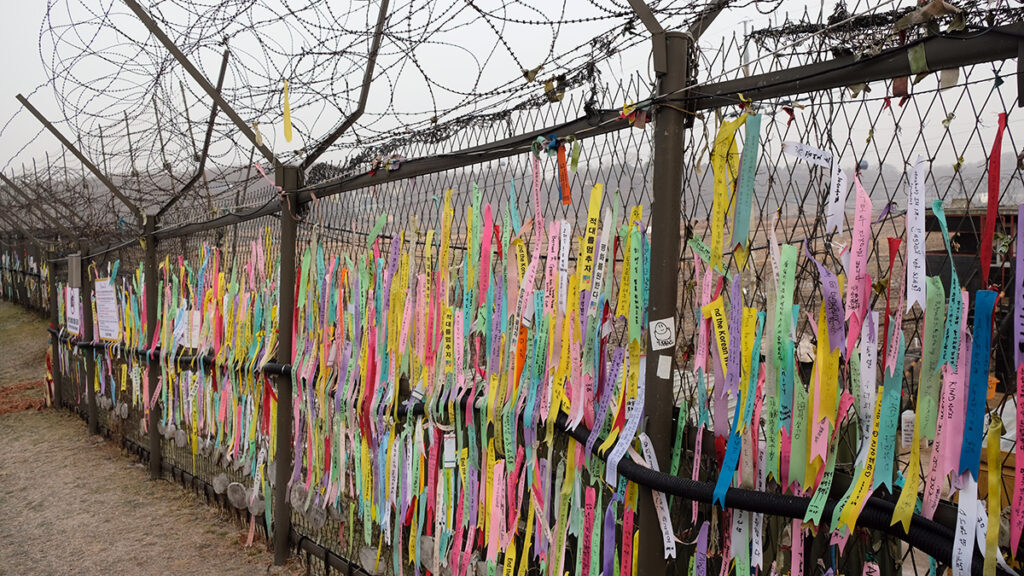

There’s also a small theme park with rides (which feels a little out of place), as well as DMZ Live, which houses an interactive virtual tour of the demilitarised zone.
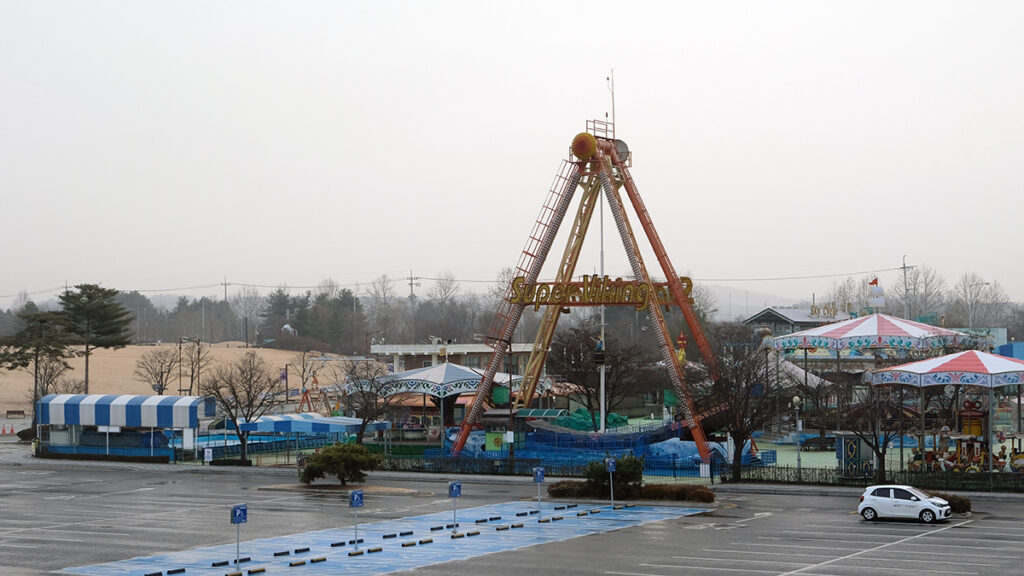

In a way, that virtual tour is a fine example of just how different things are on either side of the DMZ.
Much like that timer at the end of the Third Infiltration Tunnel, time marches for the two Koreas, though their speeds couldn’t be more different: the almost glacial crawl pace of the North and the blistering 190 beats per minute on the South, a pace echoed by its infectious K-Pop.
If you get the opportunity, it’s well worth heading north to view the DMZ for yourself, not only to satisfy curiosity but expand your knowledge on how and why the Korean peninsula came to be as it is today – 25,822 days and counting.


